Can Ethylene Glycol and Water Evaporate?
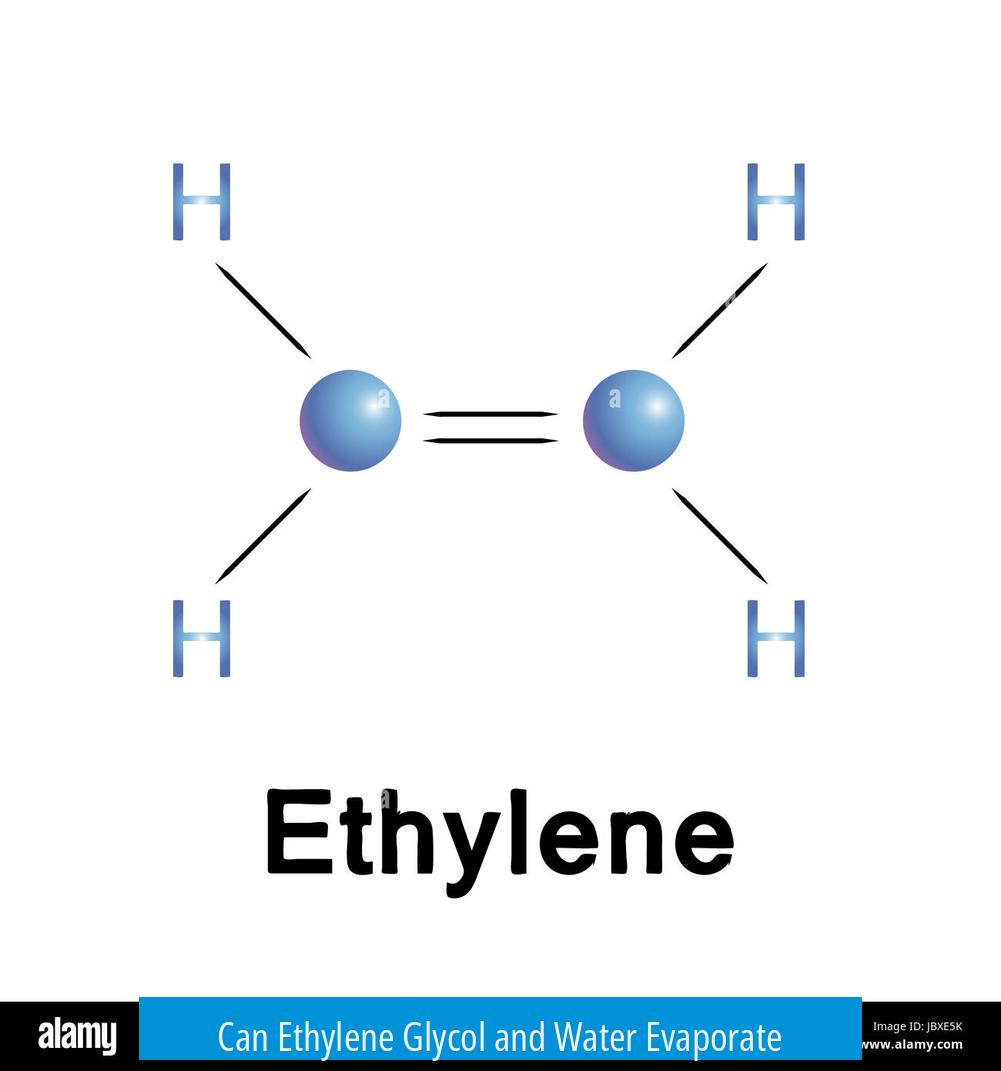
Ethylene glycol mixed with water can evaporate, but the evaporation rates of the two components differ significantly. Water evaporates more readily due to its lower boiling point compared to ethylene glycol. Over time, water leaves the solution, increasing the concentration of ethylene glycol.
Boiling Points and Evaporation Sequence
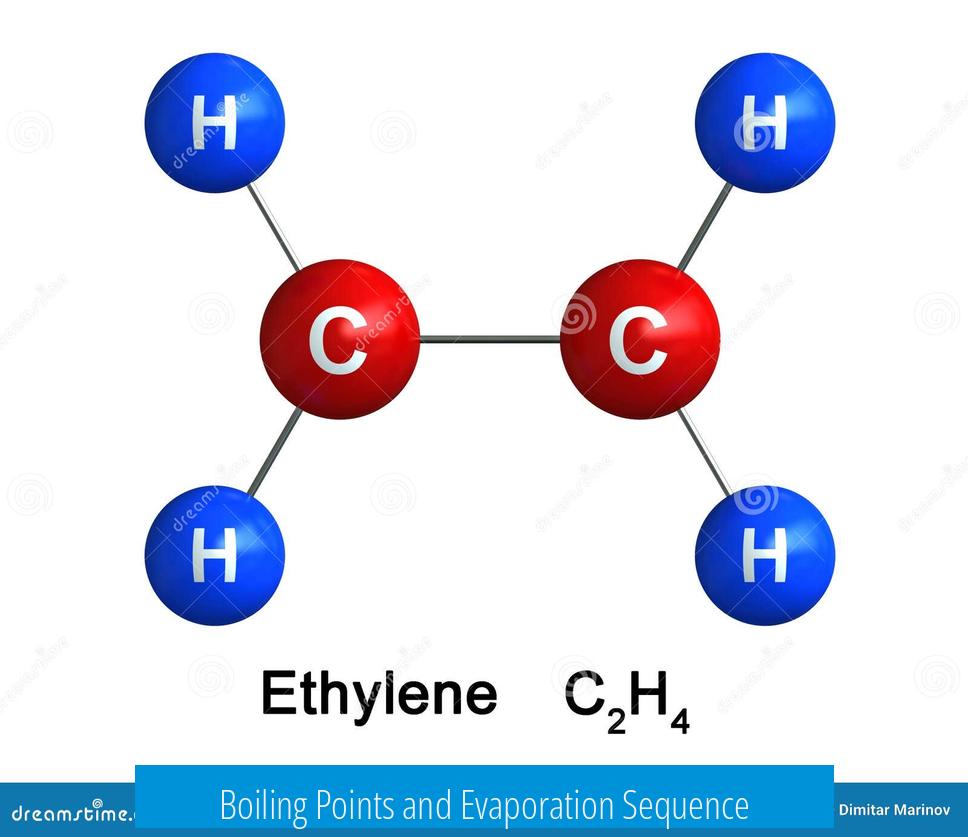
- Water boils at 100°C (212°F).
- Ethylene glycol boils much higher, around 197°C (387°F).
- This large difference means water evaporates first during heating or open exposure.
Since water boils and evaporates before ethylene glycol, when the mixture is heated or exposed to air, water molecules leave the solution faster.
Partial Evaporation of Ethylene Glycol
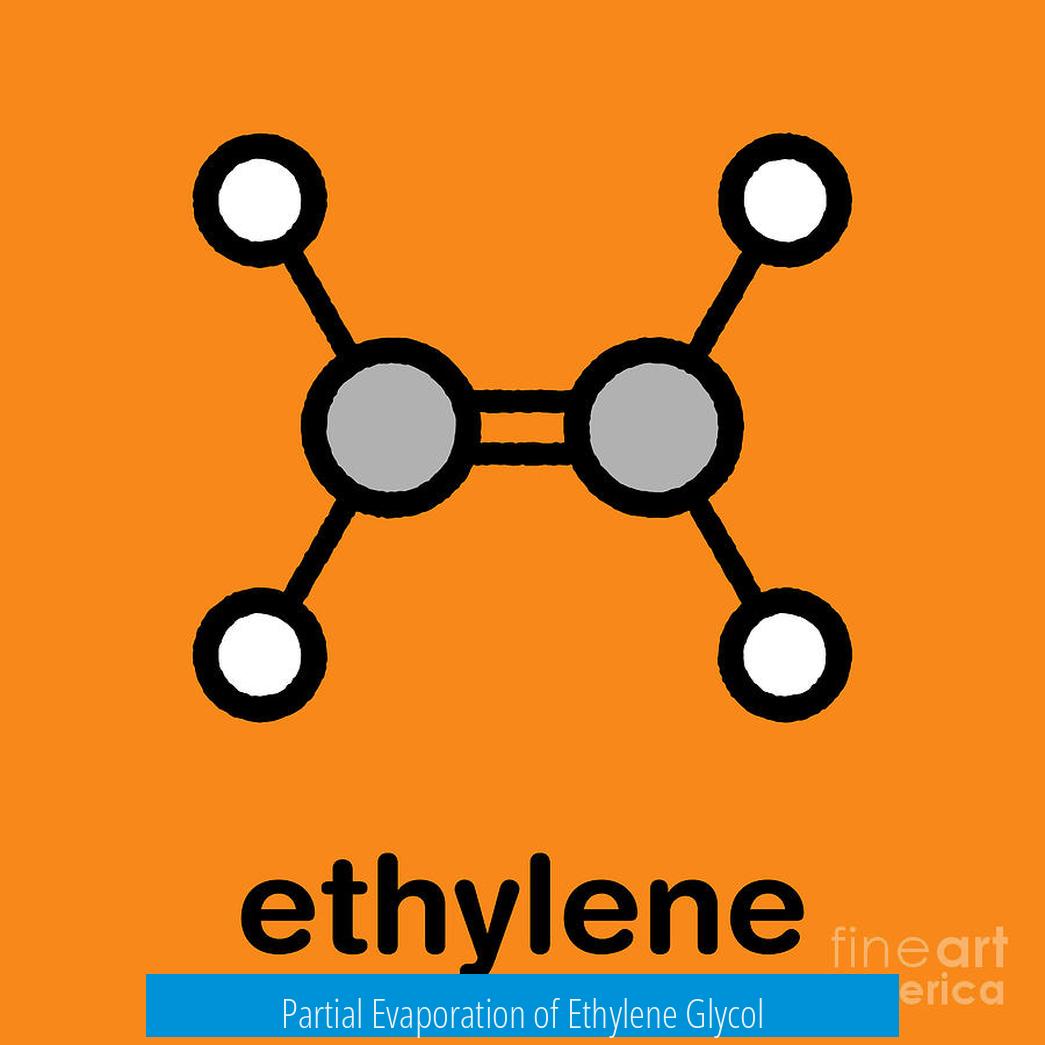
Although water evaporates first, some ethylene glycol molecules also evaporate alongside water. However, EG’s evaporation rate is lower because of its higher boiling point and stronger intermolecular forces.
As evaporation proceeds, the remaining solution becomes richer in ethylene glycol.
Evaporation at Room Temperature
At typical room temperatures, neither component reaches its boiling point. Still, water slowly evaporates over time if humidity is low.
Ethylene glycol’s vapor pressure is very low at room temperature, so it evaporates much more slowly, almost negligible in standard conditions.
Influence of Humidity on Evaporation
- Low humidity accelerates water evaporation from the mixture.
- High humidity slows down the loss of water.
- As water evaporates, the mixture’s ethylene glycol concentration rises, changing its physical properties.
Summary of Evaporation Behavior
| Property | Water | Ethylene Glycol |
|---|---|---|
| Boiling Point (°C) | 100 | 197 |
| Evaporation Rate at Room Temp. | Moderate to slow, depends on humidity | Very low/negligible |
| Effect of Humidity | Significant | Minimal |
- Water evaporates preferentially from the mixture.
- Ethylene glycol evaporates slowly and less at room temperature.
- Over time, evaporation increases ethylene glycol concentration.
- Humidity strongly influences evaporation speed of water.
Ethylene Glycol + Water, Can It Evaporate?
Yes, the mixture of ethylene glycol (EG) and water can evaporate, but the process is far from straightforward. Understanding this requires a peek into its physics and some chemistry, which might sound dull until you realize it explains why your car’s antifreeze doesn’t just vanish into thin air overnight.
Let’s dive into the curious world where water and ethylene glycol mix and try to say goodbye to the liquid state.
Why Water Evaporates Faster Than Ethylene Glycol
One key fact is the boiling point difference between the two substances. Water boils at 100°C (212°F), whereas ethylene glycol has a much higher boiling point, around 197°C (387°F). This means that if you heat a mixture, water will vaporize first. That’s simple enough.
Imagine boiling a pot of this mixture. Initially, you’ll see steam largely made of water vapor escaping. The ethylene glycol stays behind because it just doesn’t want to leave that easily.
Partial Evaporation: Playing Hide and Seek
Now, here’s where the story gets trickier. In theory, some ethylene glycol molecules do sneak away with the water vapor. The mixture is a solution, and substances rarely behave completely separately when mixed.
That means as water evaporates, it drags along a tiny amount of ethylene glycol in its vapor, but the majority of EG remains dissolved in the shrinking liquid pool. It’s like a clingy friend—mostly staying put and only reluctantly leaving.
Room Temperature Reality Check: No Boiling, But Evaporation Happens
We often picture evaporation as something that requires boiling, but that’s just a misconception. Evaporation can and does happen at room temperature, just much slower.
At normal room temperature, neither water nor ethylene glycol will boil. Yet, water molecules have enough energy to escape from the liquid surface into the air gradually. Ethylene glycol, thanks to its high boiling point and molecular structure, is much less likely to do so.
So, in your typical garage or kitchen environment, the water in the mixture will slowly evaporate away, but the EG will largely stay behind.
Role of Humidity: The Air’s Hidden Influence
Humidity plays a quiet but powerful role in the evaporation game. If the air is already saturated with moisture (high humidity), the water molecules in the mixture feel less incentive to leave. Evaporation slows down dramatically.
Conversely, in a dry environment (low humidity), water disappears faster from the mixture. The result? The concentration of ethylene glycol in the liquid increases over time. This process naturally thickens the fluid left behind.
Why Should You Care?
Maybe it sounds like a chemistry class recap now, but this evaporation behavior really matters. Ever wonder why the coolant in a car’s radiator needs regular checks? Because slowly, water evaporates even without boiling, leaving behind a more concentrated, and sometimes less effective or even damaging mix of ethylene glycol.
This increased EG concentration raises the freezing and boiling points of the fluid, which might sound good for engine protection, but extremes can cause corrosion or reduce heat transfer. So, nobody wants unchecked evaporation changing fluid chemistry.
Practical Tips: Handling Ethylene Glycol + Water Mixtures
- Store Properly: Keep the mixture sealed to minimize water evaporation, especially in dry conditions.
- Monitor Mixture Ratios: Regularly check the antifreeze concentration with a hydrometer or refractometer.
- Replace When Needed: Over time, evaporation changes the balance. Replace or top up fluid to maintain optimal performance.
- Environment Matters: Avoid leaving open containers or spills as water evaporates faster, leaving sticky, glycol-rich residues.
Some Extra Food for Thought
What happens in industrial or lab settings? They often use controlled environments to regulate humidity and temperature, ensuring that the mixture remains stable. In places without that control, evaporation rates can wildly vary, complicating storage and use.
Interestingly, the slow evaporation of water with residual glycol explains the lingering slippery surfaces when antifreeze spills outside. It doesn’t dry out quickly, thanks to the retained EG, but eventually, the water leaves, concentrating the glycol residue.
Summing It Up
The mixture of ethylene glycol and water does evaporate, but mostly the water escapes first because of its much lower boiling point and higher volatility. Although some ethylene glycol molecules ride along with the vapor, the bulk remains in liquid form. This process happens slowly at room temperature, especially influenced by humidity. Dry air accelerates water loss, increasing the glycol concentration.
So next time you’re noodling over a mysteriously shrinking antifreeze reservoir or cleaning up a spill, remember: not all liquids evaporate equally. Water takes the early exit, and ethylene glycol hangs back, making the mix change over time. Not quite the soap opera you expected?
Why not check your car’s coolant level now and see if the evaporation drama is unfolding in your own garage?
Does the water in an ethylene glycol-water mix evaporate faster?
Yes, water evaporates before ethylene glycol due to its much lower boiling point. This causes water to leave the mixture first during heating or drying.
Can ethylene glycol evaporate at room temperature?
Ethylene glycol does not boil at room temperature. It evaporates very slowly, if at all, under normal indoor conditions.
What happens to the mixture as water evaporates?
As water evaporates, the ethylene glycol concentration rises. This makes the remaining liquid richer in ethylene glycol over time.
Will all ethylene glycol eventually evaporate with water?
Some ethylene glycol may evaporate along with water, but most remains. This is due to the large difference in their boiling points.


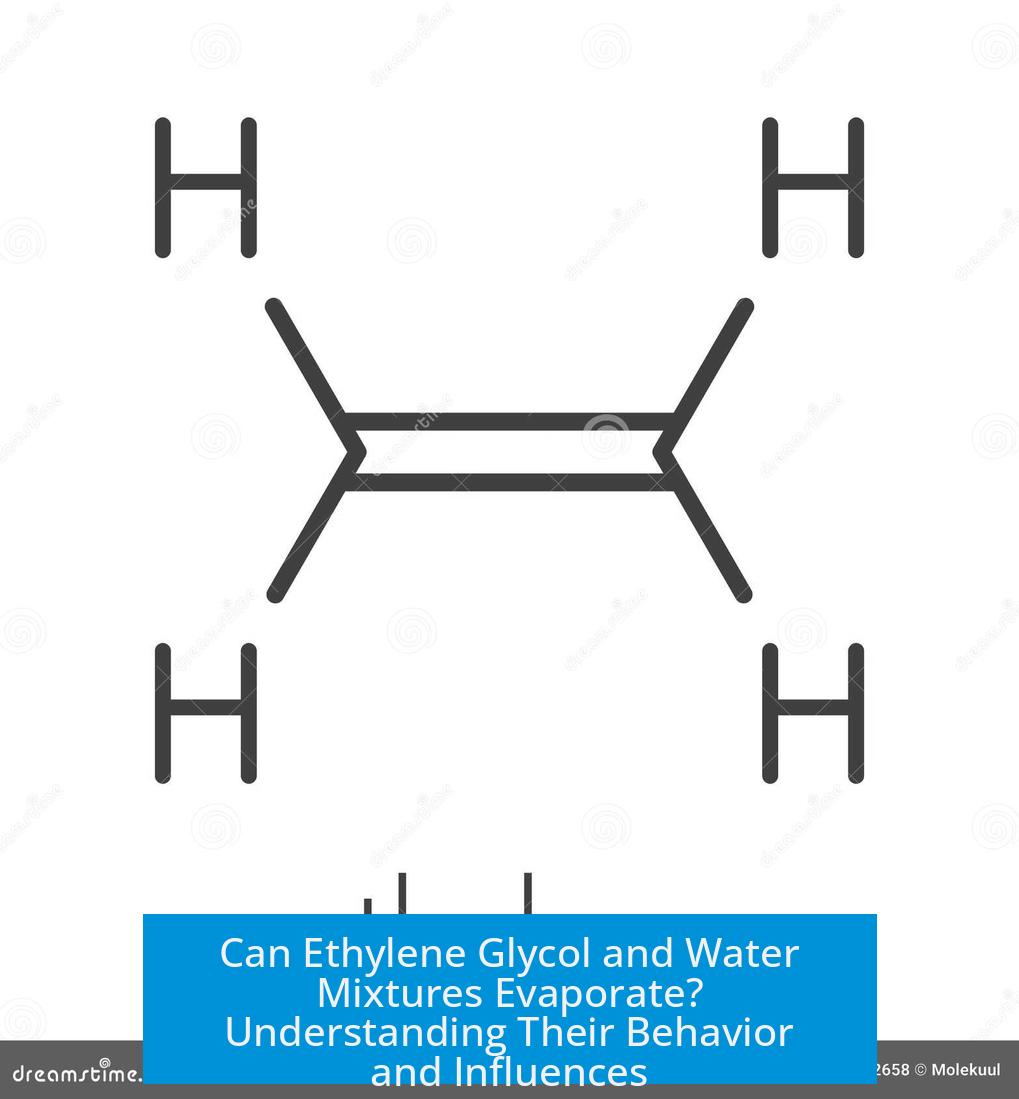
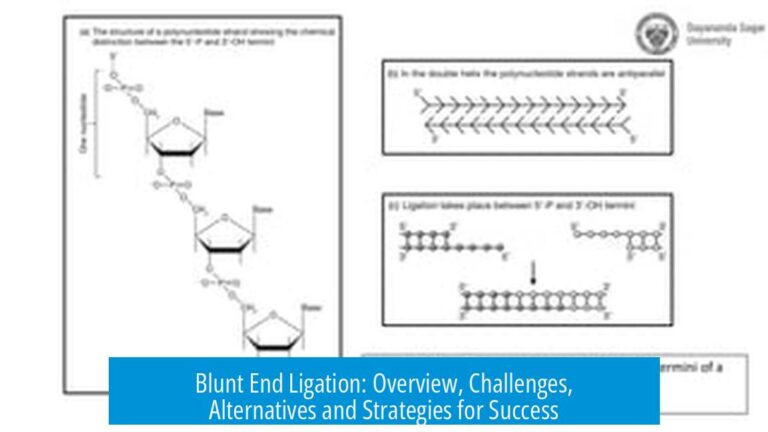
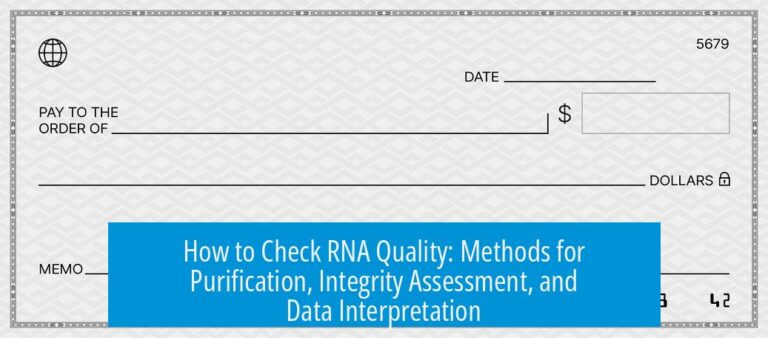
Leave a Comment